Soft Exfoliation
For decades, the “gold standard” skincare routine went something like this: cleanse, tone, exfoliate, and moisturize. Daily exfoliation may still be the norm in many conventional skin care routines, but our understanding of the skin’s structure, function, and microbiome have made it clear a conservative soft exfoliation approach is needed.
Exfoliation Basics
The two categories of exfoliation — chemical & mechanical
Chemical Exfoliation involves using a low pH product such as alpha-hydroxy acids (AHAs) products, a group of plant and animal-derived acids used in various skincare products. AHAs such as glycolic or mandelic acid; or enzymes synthesized fruits such as kiwi, pineapple, and papaya. These exfoliants can be applied as controlled, single treatments by an aesthetician; or incorporated into products such as cleansers and serums. Chemical exfoliants work by dissolving corneocytes (the “dead” skin cells on the skin’s surface) that fall off in their own time. Chemical exfoliants also dissolve some protein structures in the epidermis’ deeper layers, stimulating the skin, and activating a healing cascade to develop new dermal collagen and elastin.
Mechanical Exfoliation involves using physical tools or topical abrasives. Physical tools include brushes, sponges, or a rough washcloth. Topical abrasives include pastes and scrubs that contain tiny granules, such as salt, sugar, or even coffee grounds. The idea is to use motion to gently slough away dead skin cells (corneocytes) from the skin’s surface. When done softly, mechanical exfoliation has the added benefit of stimulating blood flow to the skin’s surface to support healthy blood and lymph circulation – too rough, and the skin’s inflammatory response can be triggered.
More Is NOT More With Exfoliation
Unfortunately, a “more is more” attitude has become the industry trend. The goal is no longer to improve the skin’s glow by only removing the cells about to fall off on their own. Instead, the goal is to remove enough surface proteins to the point it inflicts an injury to the skin’s deeper layers. This approach triggers an inflammatory response within the dermis. The intention is to encourage fibroblasts (the cells that provide structure to the skin) to produce more collagen and elastin.
The visible result of activating more fibroblasts is firmer, smoother, plumper, more youthful-looking skin. However, the plumpness you see due to this harsh approach is not an increase in fibroblasts producing younger, healthier-looking skin, but in fact, it’s swelling — skinflammation. Unfortunately, this industry technique is excessively triggering the skins’ inflammatory response and overworking fibroblasts.
You see, the skin naturally regenerates itself every month. However, by triggering an excessive inflammatory response, fibroblasts can become overworked and damaged. In the long run, damaged fibroblasts will lead to a prematurely thinned dermis and slower collagen production. Harsh and excessive exfoliation can lead to a compromised skin barrier function, disrupted skin microbiome, and hyper- or hypopigmentation.
How To Exfoliate Gently & Safely
Many people benefit from periodic, gentle exfoliation. To safely and gently exfoliate, you want to feel the granules, but it should not feel like you are “sanding” your face. Nor should it leave your skin feeling chafed, dry, or tight. When applying the exfoliant, use very little pressure and minimize friction by applying water as a light lubricant. All you need to do is use soft circular motions and let the scrub do the work.
It’s best to use a scrub no more than once or twice a week. The goal is to support the skin’s natural exfoliation function — not to take it over. Think of exfoliation as a supplement to your daily skincare routine. It should be done in a way that feels good during and after the treatment. If your skin is extra sensitive, you may want to start by only exfoliating once every other week.
Choosing A Gentle Exfoliant
When choosing a mechanical exfoliant, like a scrub, look for one that includes tiny, non-jagged granules. Look for ingredients such as powdered flower petals, clays, or even pearls. It should also contain soothing and emollient (moisturizing) ingredients like natural plant oils and aloe vera gel to protect as you polish.
An excellent exfoliant such as The Spa Dr.® Pearl and Rose Petal Facial Exfoliant is a very soft scrub that contains antioxidant beet root extract, powdered rose petals, and finely milled freshwater pearls to delicately & gently exfoliate and leave your skin feeling smoother and more radiant looking.
When choosing a chemical exfoliant, choose skin care products with a low concentration of fruit enzymes, such as the organic pineapple fruit extract in The Spa Dr.® NOURISH Antioxidant Serum. A very gentle enzymatic exfoliant you can use is raw honey — check out the DIY skin care recipes in Dr. Cates’ book, Clean Skin from Within, for inspiration.
Bonus tip: the best way to help your skin naturally and gently exfoliate itself is to drink enough water on a daily basis! Dehydrated skin tends to want to hold onto its “armor”. In contrast, hydrated skin is more expansive and willing to let the armor go.
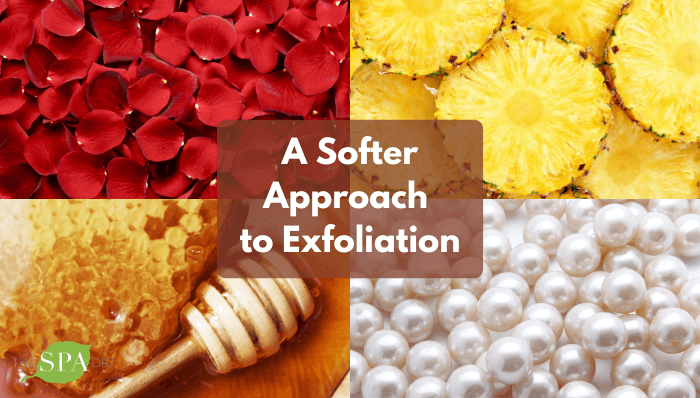
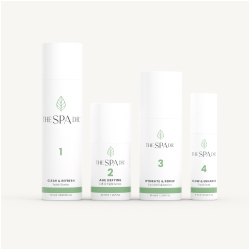
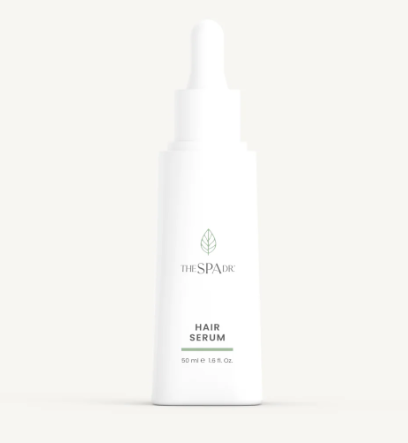
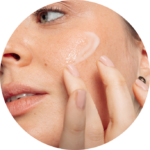


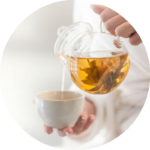

Reader Interactions